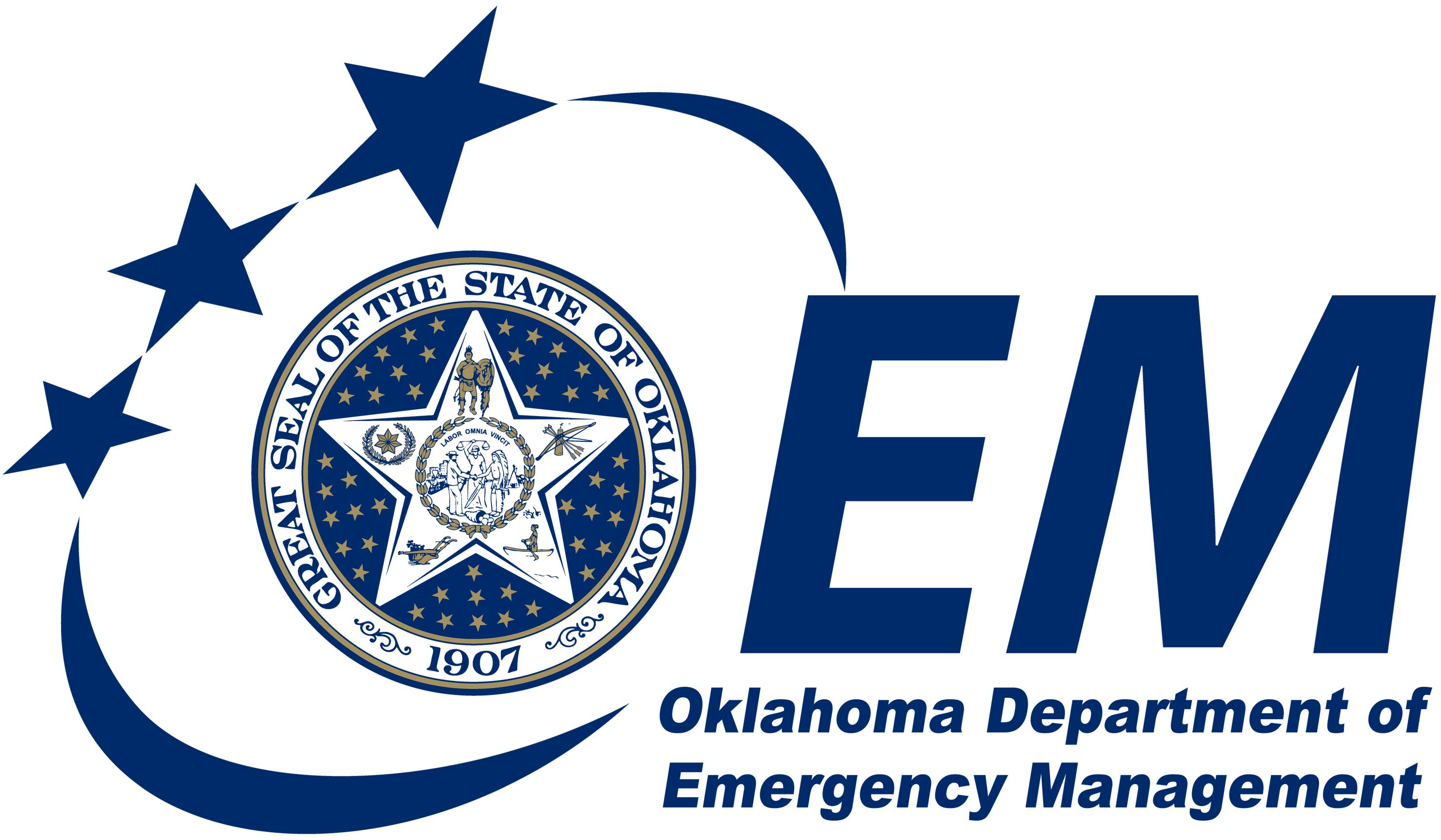FEMA and CPSC Warn: When A Storm Knocks Out Power, Don't Risk Carbon Monoxide Poisoning By Using Gas-Powered Generators Indoors
When disaster strikes and the power goes out, many Americans turn to their gas-powered generators for heat and electricity. But when they set up those generators inside a second disaster may strike - more than 160 people will die this year from improperly using their generators.
The U.S. Consumer Product Safety Commission (CPSC) and the Federal Emergency Management Agency (FEMA) have joined forces to warn residents that using gas-powered generators indoors or in attached garages brings the deadly risk of carbon monoxide poisoning. Equally deadly is using charcoal grills indoors. FEMA Deputy Director Mike Brown said that the agency encourages families to be prepared for disasters, but also warns that the inappropriate use of gas-powered generators can be deadly. "Often during a natural disaster, like a hurricane, a flood or tornado, when people have lost power, they will turn to a power generator for their source of energy," said Brown.
"The time to learn how to use that is not during a disaster, but prior to the disaster. If you're using a gasoline-powered generator when the power goes out, set it up outside in a dry area, away from air intakes to the home," said CPSC Chairman Hal Stratton. "And never light a charcoal grill inside. In both situations, you're risking deadly carbon monoxide poisoning."
Stratton said simply opening doors or windows or using fans for ventilation won't solve the problem. Neither will simply relying on a carbon monoxide alarm. Emergency management officials also suggest that other options to consider when power is interrupted from storms include checking into hotels or staying in designated shelters. CO is a colorless, odorless gas produced by burning fuel. The initial symptoms of CO poisoning are similar to the flu, and include dizziness, fatigue, headache, nausea and irregular breathing. Exposure to high levels of CO can cause death. In addition to the 160 deaths per years, thousands more end up in hospital emergency rooms for treatment. In addition to ensuring gas-powered generators and charcoal grills are only used outdoors, homes should have a carbon monoxide alarm that meets current safety standards. According to Chairman Stratton those standards are: Underwriters Laboratories 2034 (second edition 1998); International Approval Services 6-96 (second edition 1998); or Canadian Standards Association 6.19-01 (2001). FEMA and the CPSC also warn that carbon monoxide poisoning is a risk when gas ranges are used to heat homes. Additionally, space heaters, while not posing a risk for carbon monoxide poisoning, can pose a fire risk. The agencies encourage residents to keep space heaters away from flammable materials. They should always be turned off when no one is in the room and should not be used while residents are sleeping.


